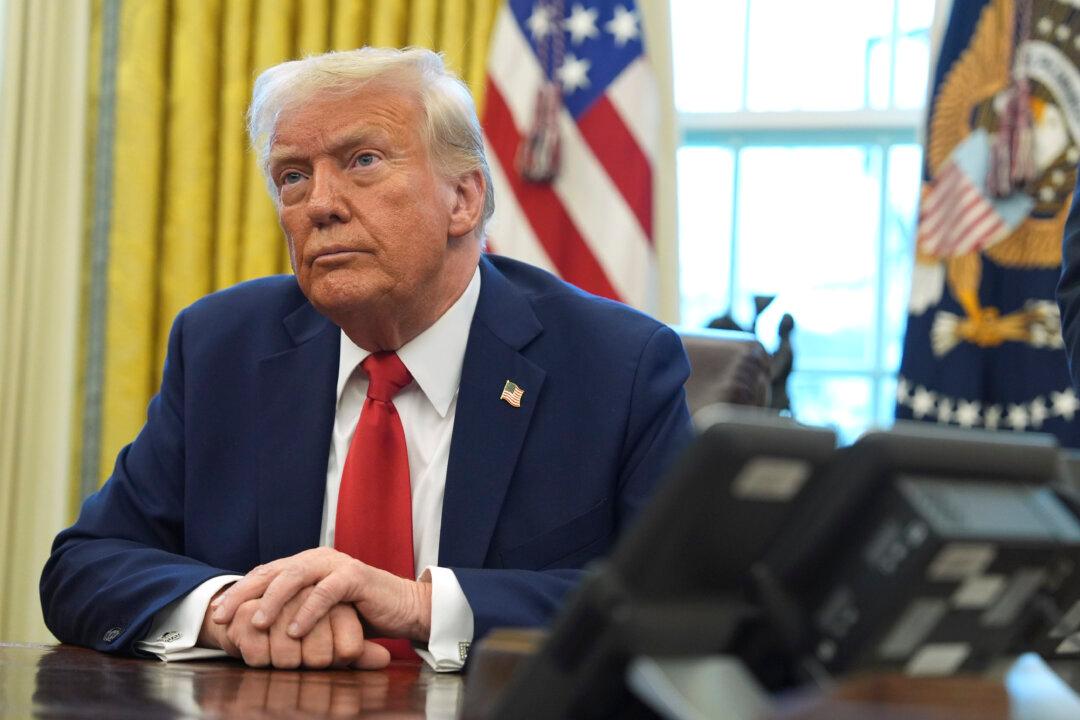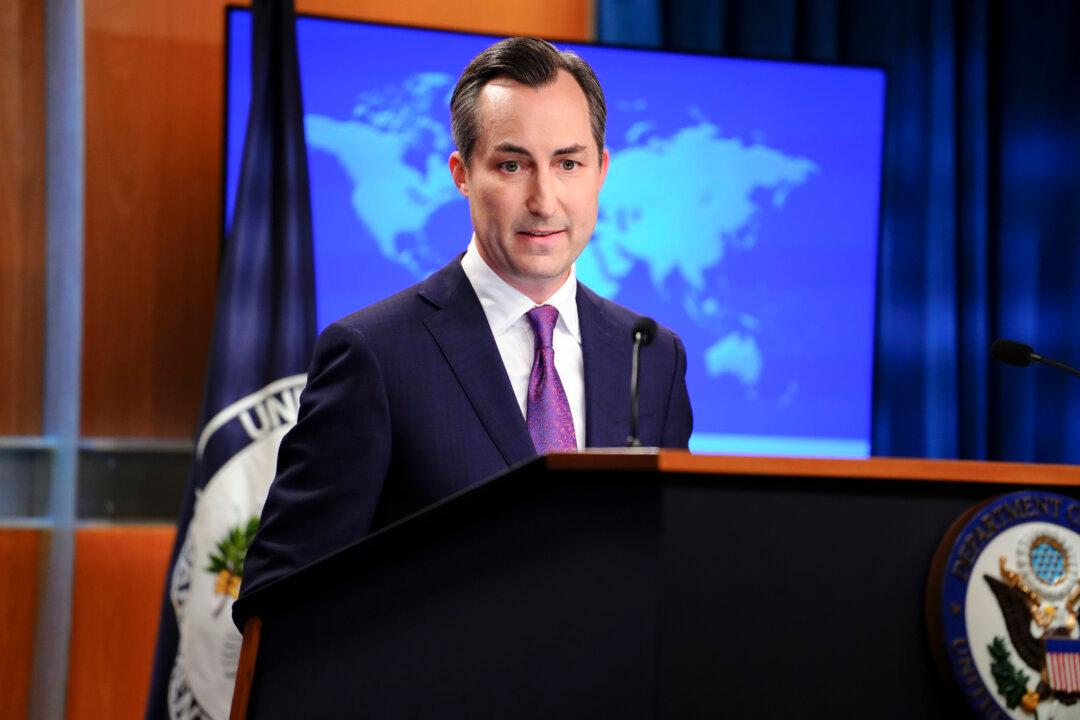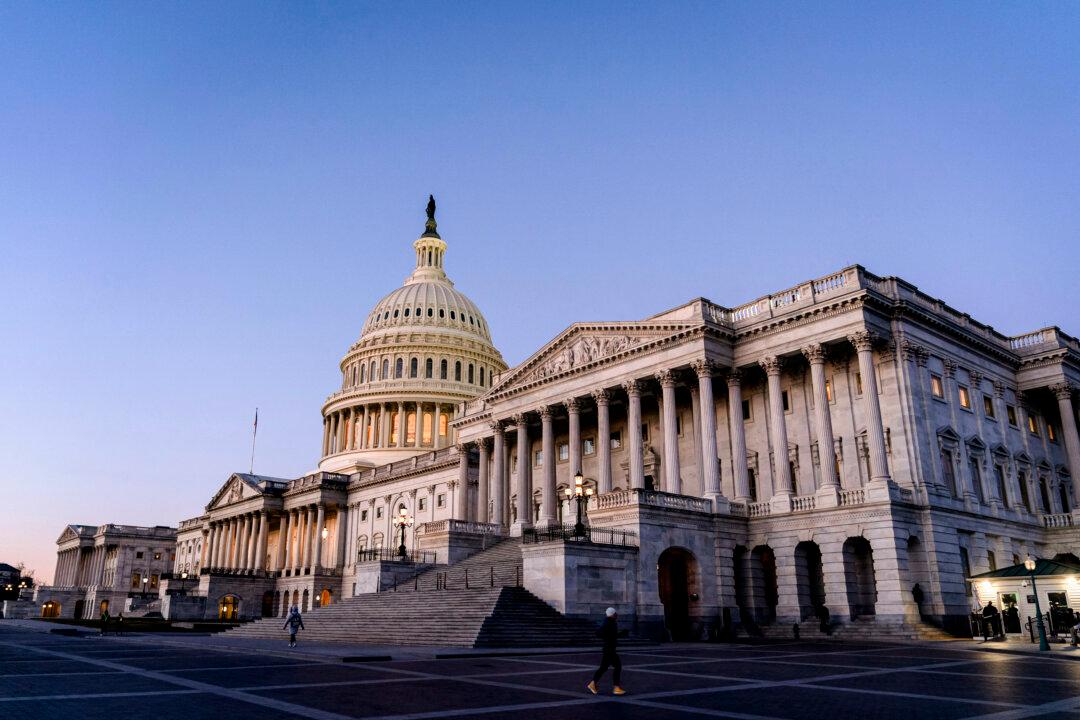The United States on Oct. 3 urged the Chinese communist regime to stop its “provocative” military activities near Taiwan, after Beijing sent nearly 100 aircraft into the island’s air defense zone over a three-day period.
On Oct. 1, 2, and again on Oct. 3, Chinese military planes flew into the zone, prompting Taiwan to scramble its fighter jets to warn away the aircraft, the island’s defense ministry said. The Oct. 2 incursion, with 39 Chinese aircraft, marked the highest reported number to date.





